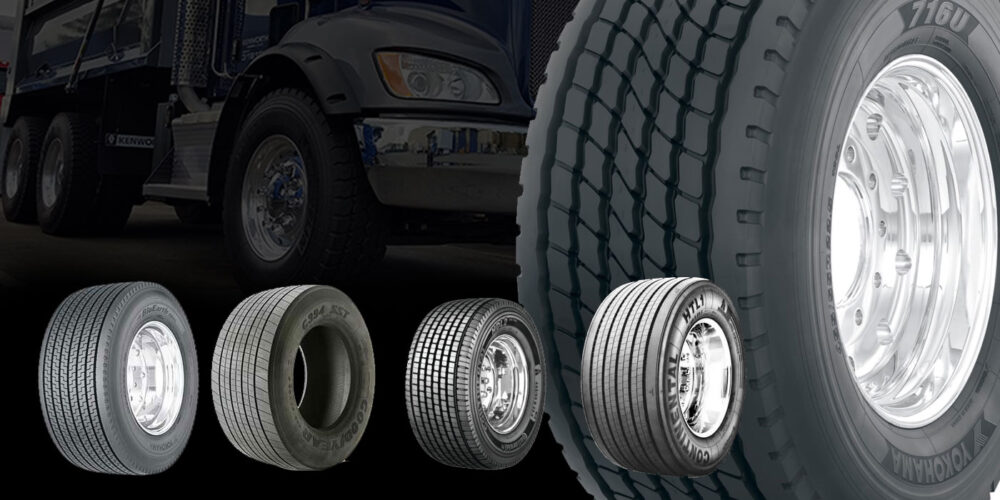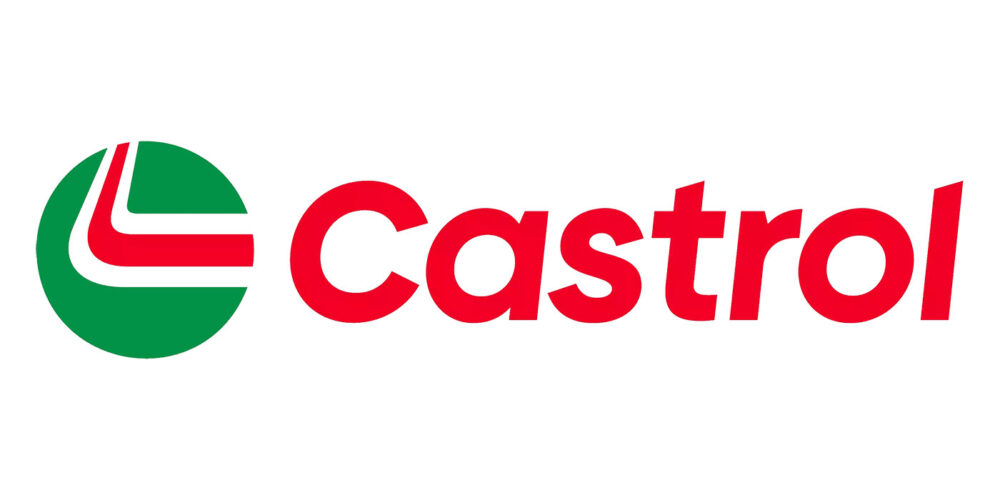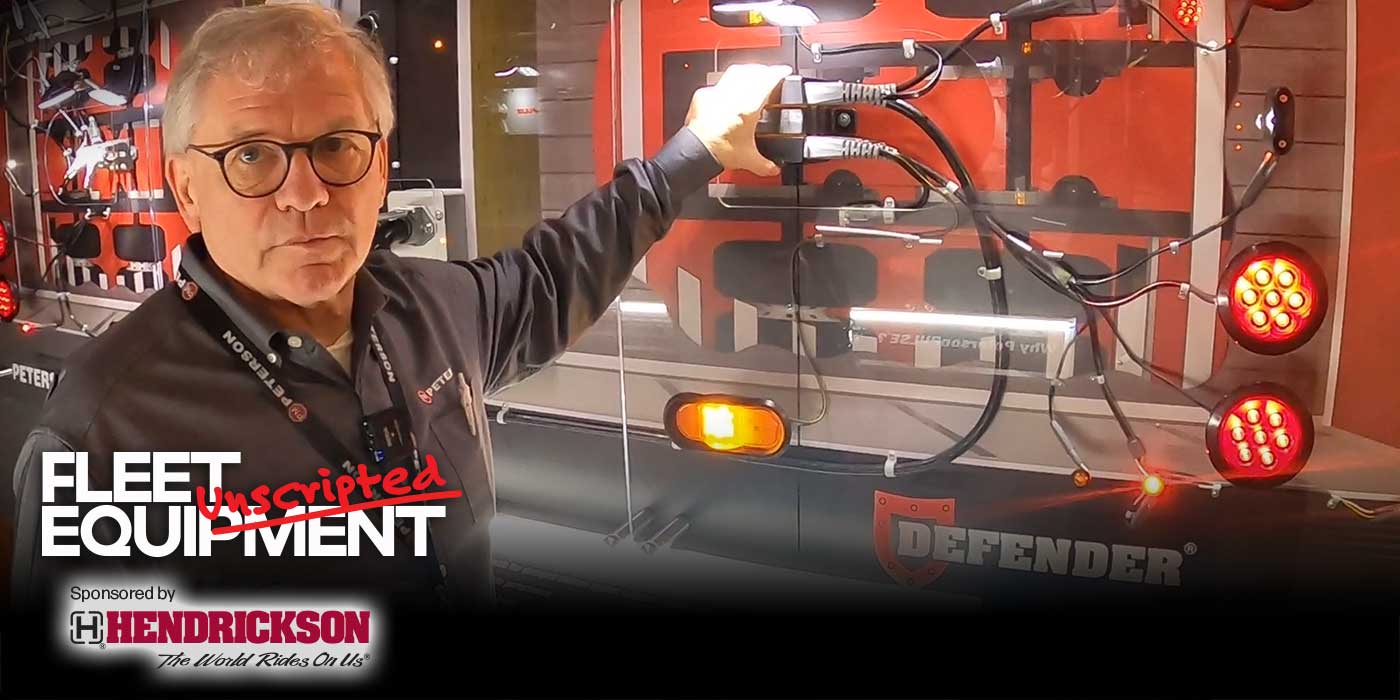As trucking fleets of all sizes and applications look to improve efficiency, the adoption of wide-base tires is seeing rapid expansion. It’s a trend that is only expected to continue as talk of electrification and sustainable efforts develop.
“As we’re looking forward, especially with the additional weight that the battery packs add into the mix, there’s a strong opportunity in the future that you could see an even higher adoption rate for wide-base tires in the EV market,” Coy Jones, senior marketing manager, Michelin, said.
Additionally, with the price of diesel on the rise, Jones noted that more and more fleets are considering the adoption of components that could improve fuel economy in order to ease the pain at the pump. The decarbonization resulting from improved fuel economy from the wide-base tires aids sustainability efforts. As prioritization of eco-friendly transport continues to climb, fleet operators that have turned their attention towards fuel-efficiency through weight savings are reaping the ROI and decarbonization benefits.
Adopters of wide-base tires saw significant savings not only from increased payload capacity but also thanks to improved fuel economy. By design, wide-base tires are produced with a lower center of gravity, a wider contact patch, and reduced overall weight compared to dual tires. With a lower rolling resistance due to less drag force and improved stability, vehicle operations will be smoother and more fuel-efficient.
Of course, application will still determine the best placement for wide-base tires. While a majority of applications could benefit from the wide-base tires, not every application will reap the same financial earnings overtime. Tom Clauer, senior manager of commercial product planning, Yokohama Tire, noted that if you’re running a fleet for weight-sensitive applications hauling heavy commodities to and from your yard or depending on improved fuel economy in the long-haul market, you may see a quicker payback than others.
“Wide-based tires are typically sold into on and off-road applications that need to carry heavier loads. A dump truck or cement mixer at a demolition site, for example. Those are the sorts of applications getting the most out of wide-base tires,” said Bridney Jordan, product marketing manager, U.S. Truck Tire, Continental. “If you think about a fleet trying to be efficient while carrying loads back and forth, they want to put in as much as they can without having to make multiple trips.”
“From a weight saving standpoint, you save roughly 200 pounds conservatively per axle and this can reduce the overall number of hauls they make thanks to the weight savings,” Michelin’s Jones noted.
The weight and time savings translates directly to financial earnings. Every pound removed from the wheelend is an extra pound in payload capacity.
Dual tires have been the tried and true solution for years, providing increased load capacity and stability, but when it comes to maintenance needs, having double the tires means double the upkeep. Wide-base tires, you get the benefits of improved performance along with the convenience of only 10 tires to maintain.
“If you think about the number of wheel positions that you’re typically looking at on a tractor-trailer combination, you’re looking at 18. With the conversion to wide-base singles, you take that number down to 10,” Jones said. Then he explained that this gives the drivers the opportunity to closely focus on the health of the tires and get on the road faster.
Of course, the counterpoint is that an issue with one of the duals might let your truck limp home, whereas an issue with a wide-base tire means you’re on the side of the road. To tackle this issue, tire manufacturers have been working on improving wide-base tire durability. Michelin’s Jones noted that advancements to Michelin’s wide-base tire products have been centered around reducing regular wear and tear and improving performance while operating in aggressive environments.
“We want to create a product that can handle those high scrub applications. The other thing is making sure that we have complimentary retreads by leveraging our knowledge of how a tire wears, how the casing is constructed and providing optimal retreads for the product as well.”
Just like regular tires, preventative tire maintenance and proper tire pressure should be on the top of your inspection list if you want to see the desired results – it’s hard to appreciate the savings of increased payload capacity if the freight is being carried on underinflated tires… so how does proper maintenance differ compared to standard tires?
While overall maintenance for wide-base tires runs parallel to what we see with standard size tires, Clauer emphasized the simplicity of wide-base tire maintenance.
“Tire pressure and maintenance have always been vital, but wide base tires have the added benefit of not having to struggle to check inside duals, making it easier for drivers to inspect and check air pressures in all 10 tires,” Clauer said.
Another benefit that Clauer pointed out: The task of matching treads and outside diameters would be a thing of the past through the switch from dual to wide-base tires.
Wide-base tire advancements
Click below for a wider look at the tire advancements and technologies manufacturers are putting into wide-base truck tires.














